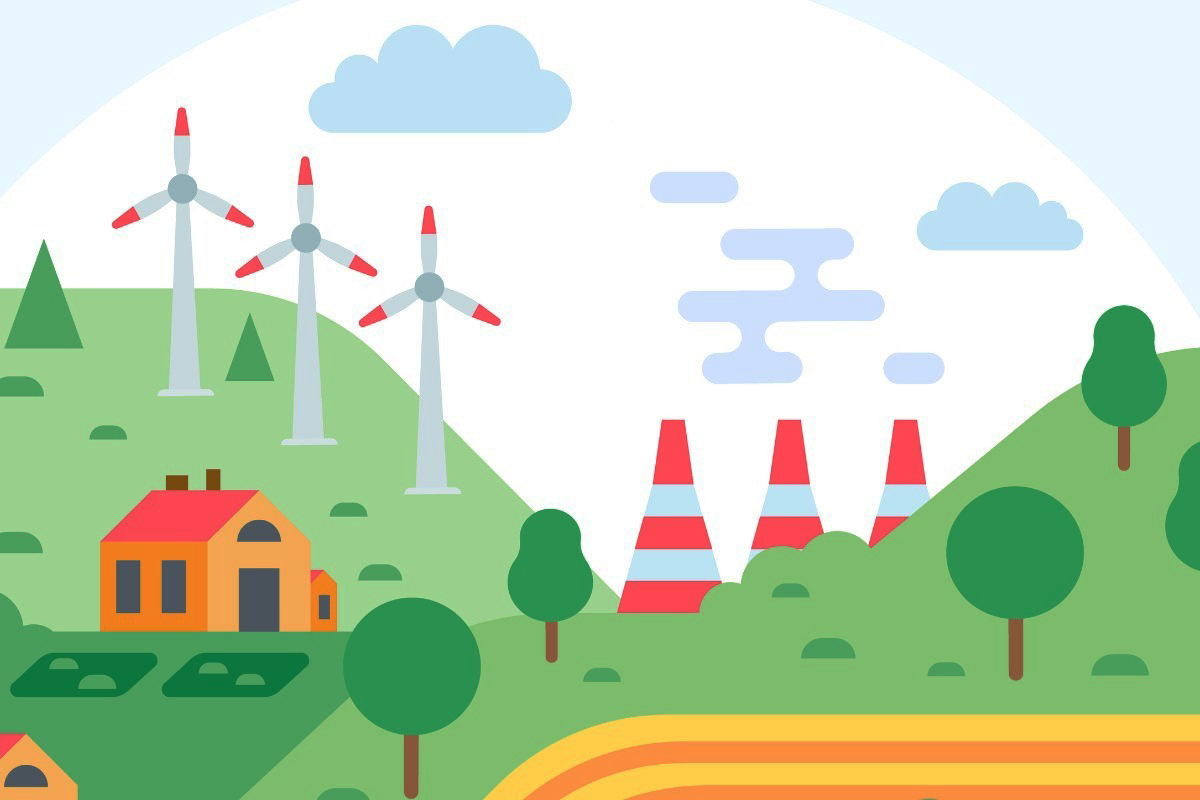
Where should investors put money into energy? To use the old advice from the California gold rush, not into the mines but into miner supplies—picks, shovels and the like. So says Nikko Asset Management.
Energy has been a terrific investment this year. Up almost 67% in 2022, it’s the lone positive sector in the S&P 500, according to Yardeni Research. The trouble is that energy stocks are very volatile. They soared in the middle of the last decade, then crashed in 2019 before the pandemic, and since 2021 has been on the upswing. “There have been 11 energy cycles since 1967,” said Iain Fulton, a Nikko portfolio manager, in an interview.
Yet maybe energy won’t always be such a cyclical yo-yo. With an impetus fueled by climate change, there’s a strong movement toward renewable energy, plus a trend to increase the electrification of the economy (think electric vehicles). This means lots more investing opportunities in energy. A McKinsey study puts the tab at $9.2 trillion by 2050. Other estimates run higher.
The question then becomes: What to invest in? To Nikko, the answer is to go for shares in what it calls “energy broadband infrastructure.” In other words, companies that will aid the big energy transition, but not the energy producers themselves, the investment firm argues in a research paper.
First, that means avoid oil companies, which are susceptible to a windfall profits tax, Nikko contends. President Joe Biden has threatened to impose such a levy on oil producers, whose earnings have surged amid shortages and higher crude prices. He may have difficulty doing that, given a GOP-controlled House of Representatives next year, although you never know: The likes of Exxon Mobil are unpopular among a large segment of the electorate Republicans and Democrats.
Also, skip public utilities, says the paper, written by a Nikko portfolio manager, Johnny Russell. Reason: Regulatory bodies can cap their returns. In addition, give a pass to commodities, Nikko advises—as energy future have long defined volatility.
On to the picks and shovels, then. Nikko recommends Worley, an engineering services business, which it says is growing at a double-digit rate. Another is Emerson, which specializes in methane detection and leak prevention of natural gas. “Gas is “the transition fuel” to bridge the gap between today’s fossil fuel dependency and the renewable era, the study says.
Then there’s KBR, which has a unit that has a method to deliver green natural gas, which does not come from carbon-based sources. “Power from hydrogen can be stored,” at some point, Fulton said.
Related Stories:
Wells Fargo: Ax Natural Gas Too Early and the Green Energy Agenda Suffers
The Case for Investing in Copper, the Go-To Metal for Renewable Energy Projects
How the Changing Energy Picture Affects Investments
